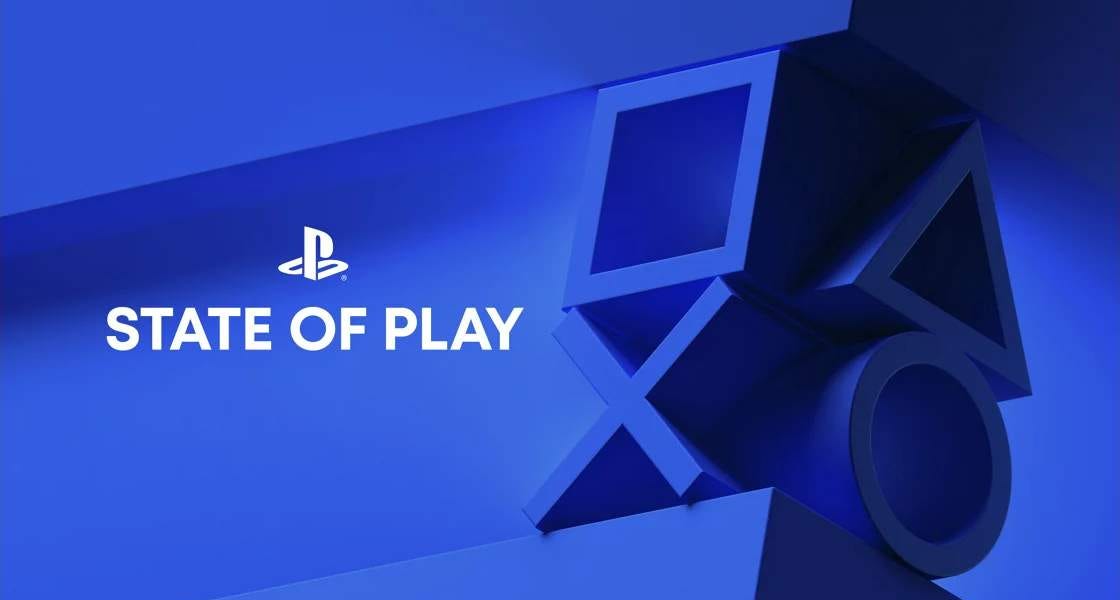Get the latest tech news
First place in Tetris 99 using computer vision, classical AI, a lot of free time
We created a program to play Tetris 99, an online multiplayer game for the Nintendo Switch. The algorithm used computer vision to determine the state of the board, a depth-first search algorithm with a hand-crafted utility function to find a good next block placement, and sent the series of button presses required to perform that placement via a microcontroller that communicated with the Switch via USB.
As is too common in life, everything I was doing would become much simpler if I simply compromised on my principles—alas, in this case, I gave in and we bought an HDMI splitter and a capture card to read the video stream from the Switch directly into my laptop. There are probably all sorts of terms we don’t know and strategies for making a good board that we aren’t familiar with; we decided to try to figure out a workable approach ourselves rather than look at other peoples’ methods. Any algorithm that performs some kind of optimization, from gradient descent to A*, suffers the same difficulty while being debugged: the fact that my puny human eyes are too weak to fathom the vast depths of the possibility space to see which brilliant maneuvers went overlooked.
Or read this on Hacker News
